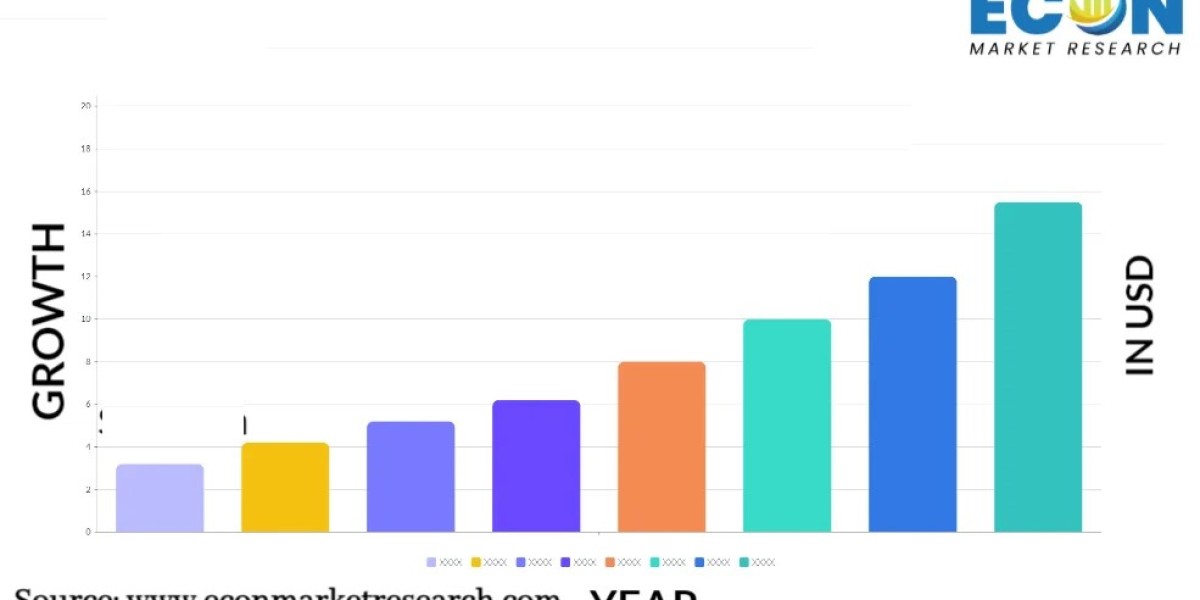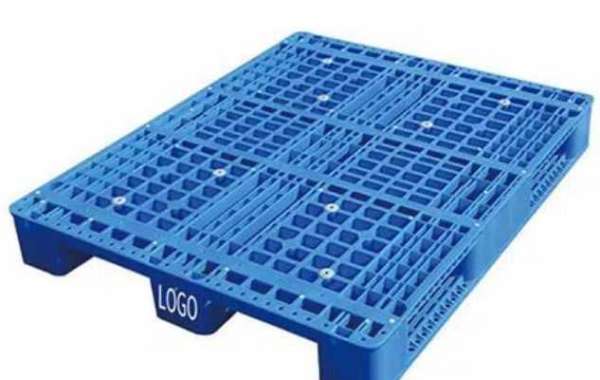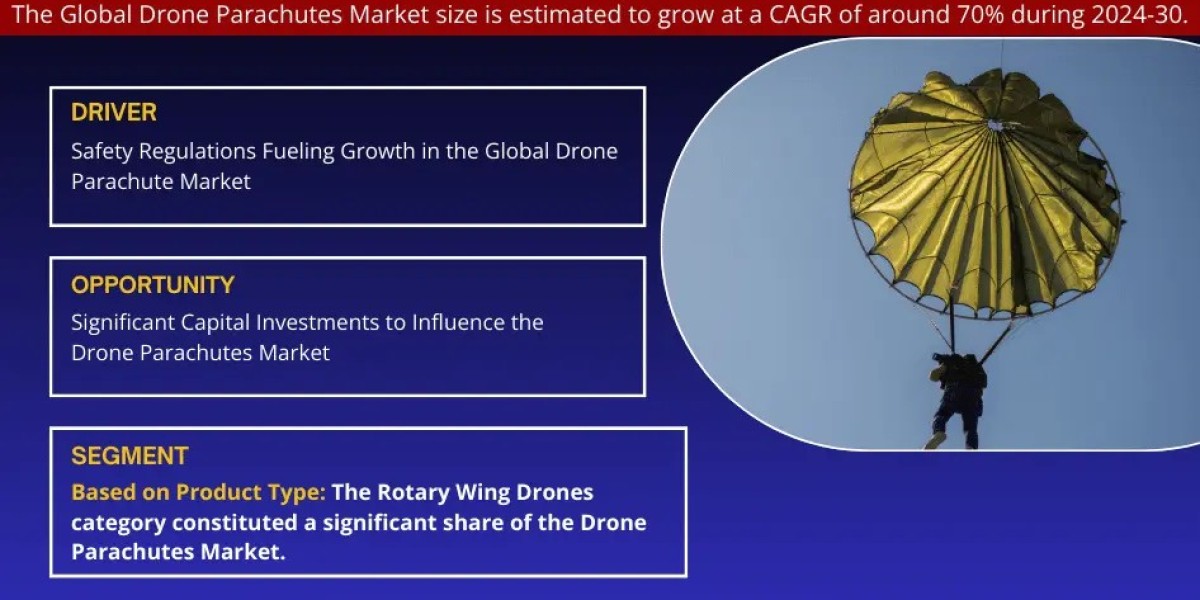Wind turbine rotor blades are the heart of wind energy systems, converting the kinetic energy of the wind into mechanical energy that drives the generator to produce electricity. These blades are a critical component of wind turbines, as they directly influence the performance, efficiency, and reliability of the entire wind energy system. As the demand for renewable energy continues to grow, advancements in rotor blade design, materials, and manufacturing techniques are enhancing the overall performance and economic viability of wind turbines. In this article, we’ll explore the importance of wind turbine rotor blades, key design considerations, and future trends in this essential technology.
More info : https://www.econmarketresearch.com/industry-report/wind-turbine-rotor-blade-market/
Function and Importance of Wind Turbine Rotor Blades
Rotor blades are designed to capture wind energy and convert it into rotational energy through aerodynamic forces. The primary function of the blades is to create lift and drag as the wind moves over their surface. This creates rotational motion, which turns the rotor hub and is transferred to the generator to produce electricity. The length and shape of the rotor blades directly affect the amount of energy a wind turbine can harvest, with longer blades generally able to capture more wind and generate more power. The effectiveness of rotor blades in converting wind energy into electrical power determines the overall efficiency of the turbine.
Key Design Considerations for Rotor Blades
The design of wind turbine rotor blades involves multiple engineering considerations, all aimed at optimizing performance while minimizing operational costs:
- Aerodynamics: Rotor blades are designed with an airfoil shape, similar to an aircraft wing, to maximize lift while minimizing drag. The blade must be shaped to operate efficiently across a range of wind speeds, with its aerodynamics optimized to harness wind energy at both low and high wind conditions.
- Material Selection: Rotor blades are subjected to high mechanical stresses and extreme weather conditions. Materials such as fiberglass-reinforced composites and carbon fiber are commonly used for their high strength-to-weight ratios, durability, and resistance to corrosion. These materials ensure that rotor blades can withstand the dynamic forces and harsh environments they face during operation.
- Length and Shape: The length of the rotor blades significantly impacts the turbine’s power capacity. Longer blades can sweep a larger area, capturing more wind energy. However, the increased size also introduces challenges in terms of weight, structural integrity, and manufacturing logistics. Engineers must find a balance between blade length, weight, and structural performance.
- Structural Integrity: Rotor blades must be strong enough to withstand the mechanical forces exerted by the wind, especially during gusts and turbulent conditions. To ensure the structural integrity of blades, advanced manufacturing techniques, such as precision molding and automated curing processes, are used to ensure consistent quality and durability.
Phone Number: +1 812 506 4440
Email : sales@econmarketresearch.com













